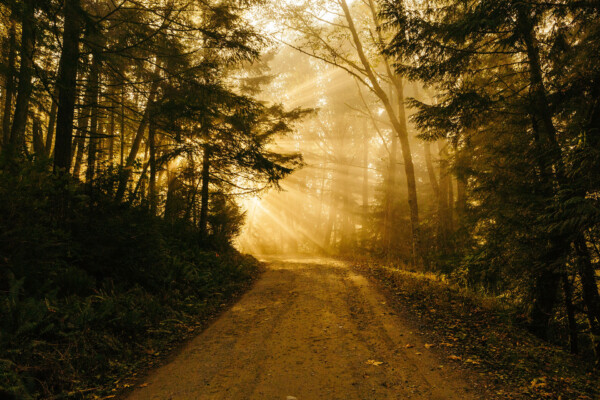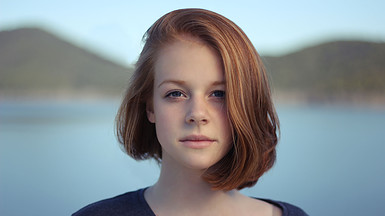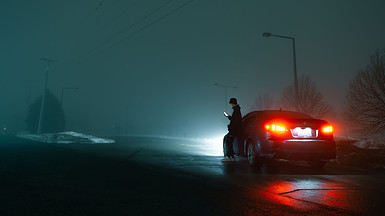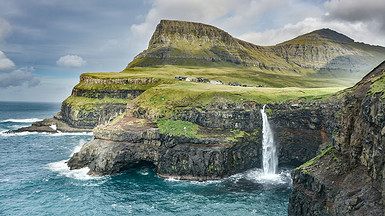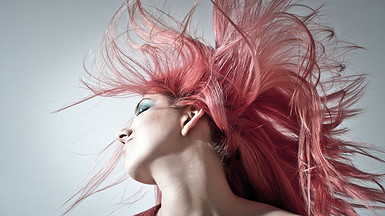Photography is all about capturing light. And what could be a better light source than natural light? It’s free, abundant, and versatile. It can make your photos look warm, moody, dramatic, or even magical. But to use natural light effectively, you need to understand its properties and how to work with them. In this article, we’ll give you tips on how to use natural light to take stunning photos with your DSLR camera.
Understanding the Properties of Light
The quality, direction, and color of light are the three key properties that you need to consider when taking photos.
The quality of light refers to how soft or hard the light is. Soft light is diffused and creates gentle shadows, while hard light is direct and creates harsh shadows. The quality of light can be influenced by the weather, time of day, and location.
The direction of light is the angle from which light is hitting your subject. Front lighting is when the light is coming from behind the camera, backlighting is when the light is coming from behind the subject, and side lighting is when the light is coming from the side of the subject. Each direction creates a different effect on your photo.
The color of light can be warm (yellow or orange) or cool (blue or green). The color of light is affected by the time of day, location, and weather conditions. Knowing how to adjust the white balance on your camera can help you to capture the true color of the light.
Types of Natural Light
There are several types of natural light that you can use to create stunning photos:
Golden Hour: This is the period of time just after sunrise or just before sunset when the light is warm and golden. It’s a great time to take landscape and portrait photos.
Blue Hour: This is the time just before sunrise or just after sunset when the sky is blue and the light is soft. It’s a great time to take cityscape and landscape photos.
Overcast Skies: Cloudy or overcast skies create soft, diffused light that is great for portrait and still life photography.
Harsh Sunlight: Direct sunlight can create harsh shadows, but it can also create dramatic effects. If you’re shooting in harsh sunlight, try to use shadows creatively, or use a reflector or diffuser to soften the light.
How to Use Natural Light for Stunning Photos
Now that you know the properties and types of natural light, here are some tips on how to use natural light to take stunning photos:
- Look for the light: Observe the direction, quality, and color of light before taking your shot. Try to find a spot with the best natural light.
- Use reflectors and diffusers: Reflectors bounce light back onto your subject, while diffusers soften the light. They can help you to control the quality and direction of light.
- Shoot in Manual mode: Shooting in Manual mode gives you full control over the exposure, which is crucial when working with natural light.
- Adjust white balance: Adjusting the white balance on your camera can help you to capture the true color of the light.
- Shoot in RAW format: Shooting in RAW format gives you more flexibility in post-processing, especially when it comes to adjusting the exposure and white balance.
- Avoid direct sunlight: If the light is too harsh, try to find a shaded area or use a reflector or diffuser to soften the light.
- Experiment with angles and compositions: Try different angles and compositions to create different effects with natural light. For example, backlighting can create a halo effect around your subject.
Examples of Stunning Photos Using Natural Light
Here are some examples of stunning photos that were taken using natural light:
Landscape Photography
Landscape photography is often done during the Golden Hour or Blue Hour, when the light is soft and warm. A landscape photo taken during the Golden Hour can create a warm and inviting atmosphere, while a photo taken during the Blue Hour can create a cool and serene atmosphere. By using the right angle and composition, you can make the most of the natural light and capture a stunning landscape photo.
Portrait Photography
Portrait photography is all about capturing the personality and emotion of the subject. Natural light can help to create a natural and flattering look for your subject. For example, soft light can create a gentle and romantic look, while side lighting can create a dramatic and edgy look. By experimenting with the direction and quality of light, you can create a stunning portrait photo that captures the essence of your subject.
Still Life Photography
Still-life photography is all about creating a mood and telling a story with inanimate objects. Natural light can help to create a natural and organic look for your still-life photo. For example, diffused light can create a soft and dreamy look, while harsh light can create a bold and dynamic look. By using the right light and composition, you can create a stunning still-life photo that tells a story and captures the imagination of the viewer.
Conclusion
Natural light is a powerful tool for photographers, and it’s available to us every day. By understanding the properties and types of natural light, and by following the tips and techniques we’ve discussed in this article, you can use natural light to take stunning photos with your DSLR camera. So go out there, experiment with natural light, and capture the beauty of the world around you!

